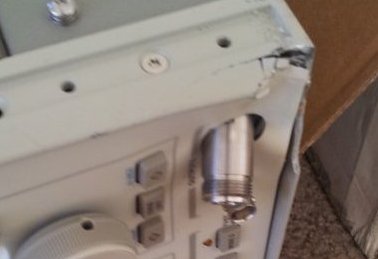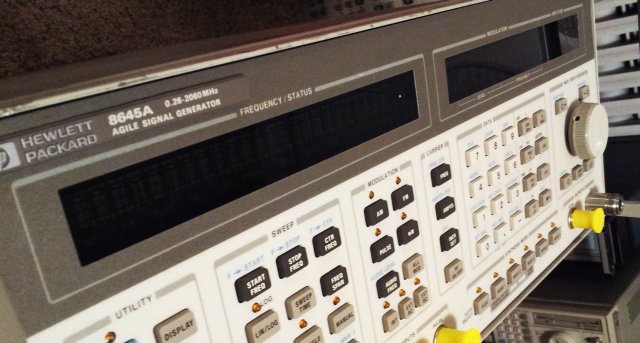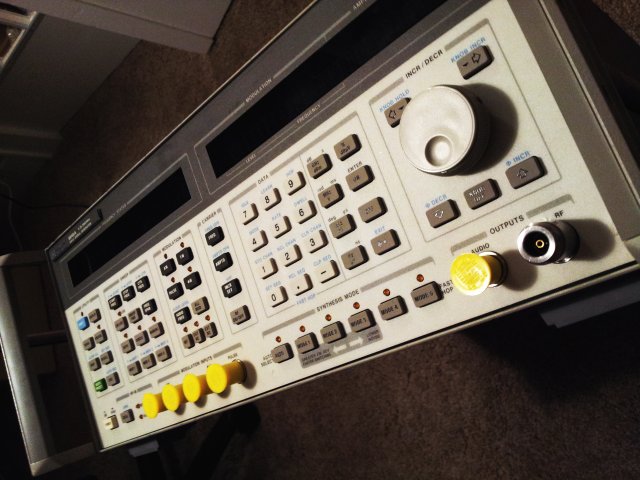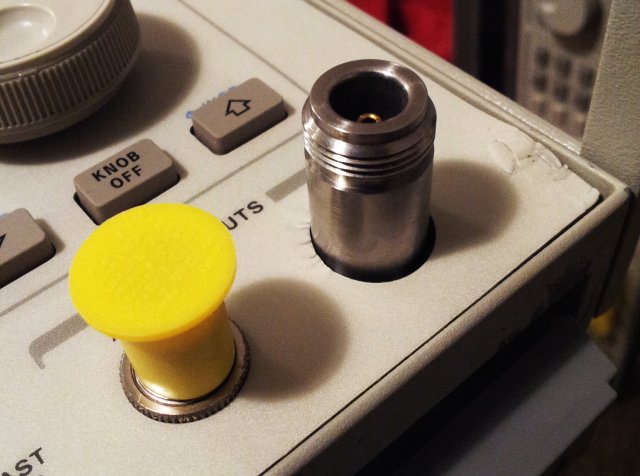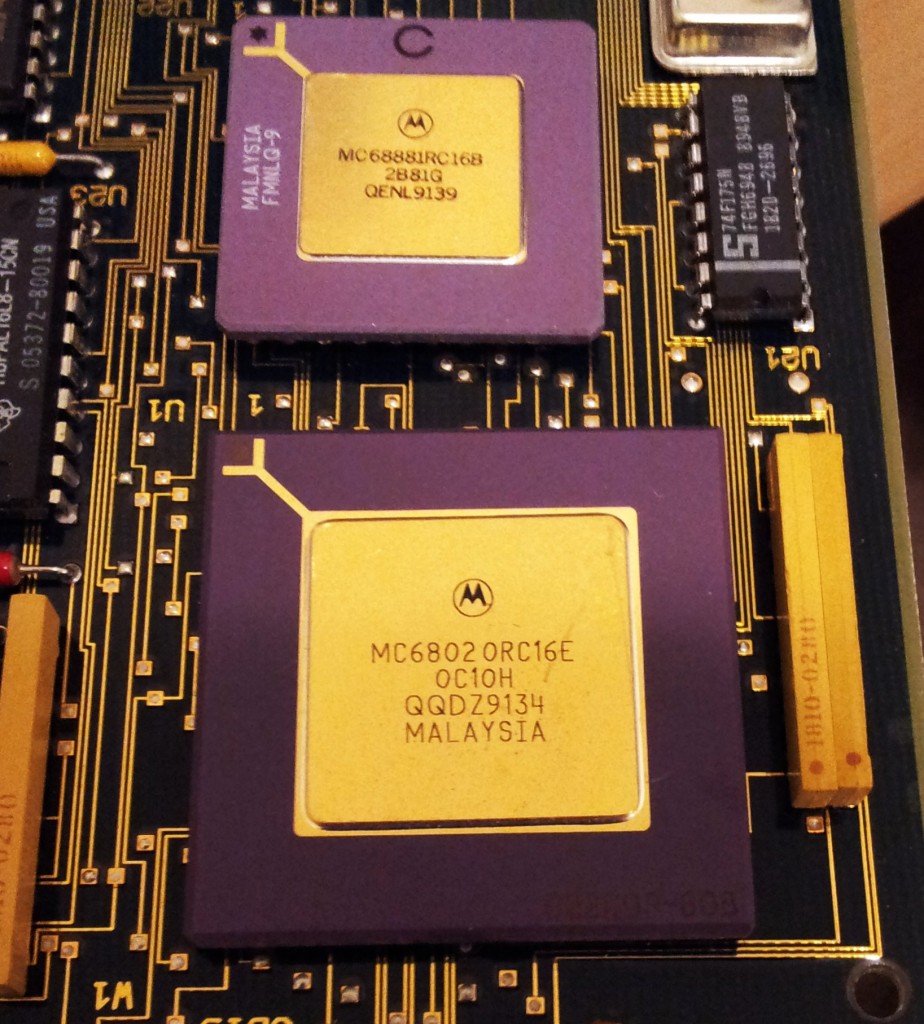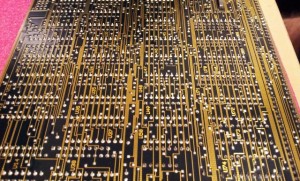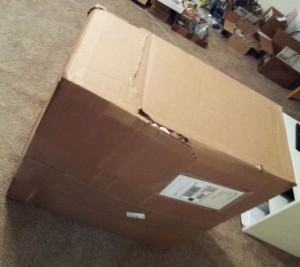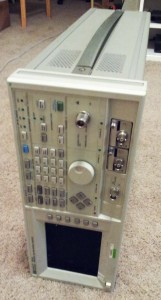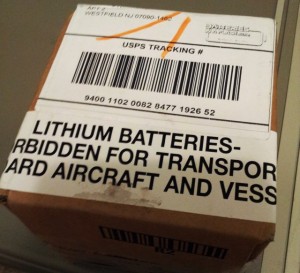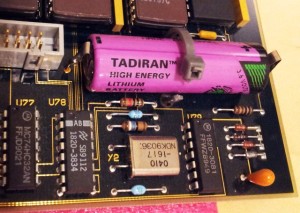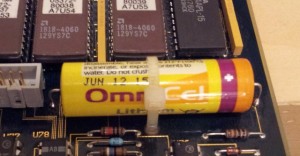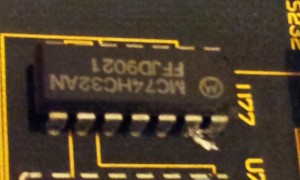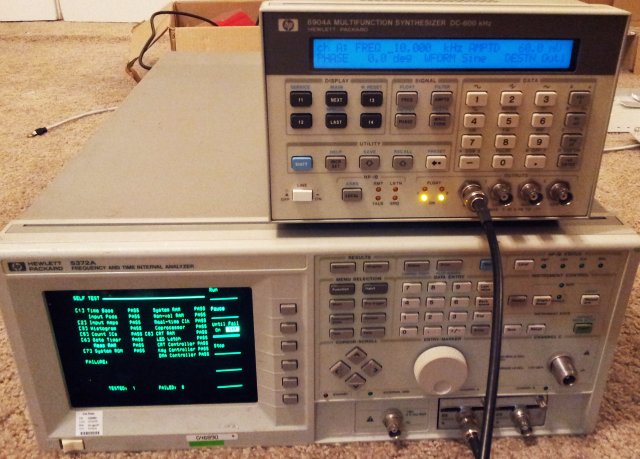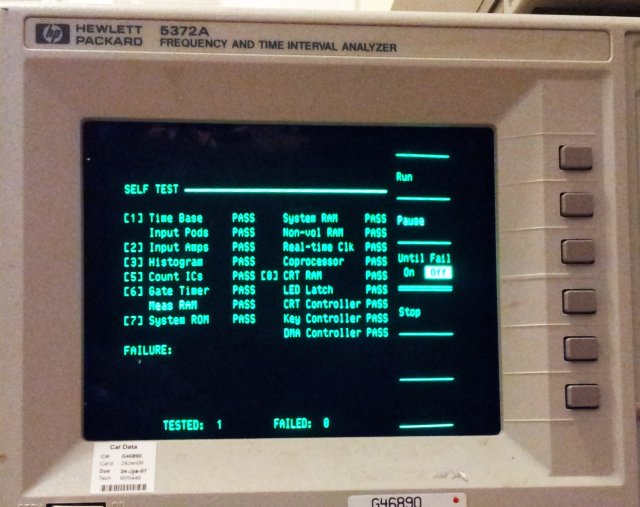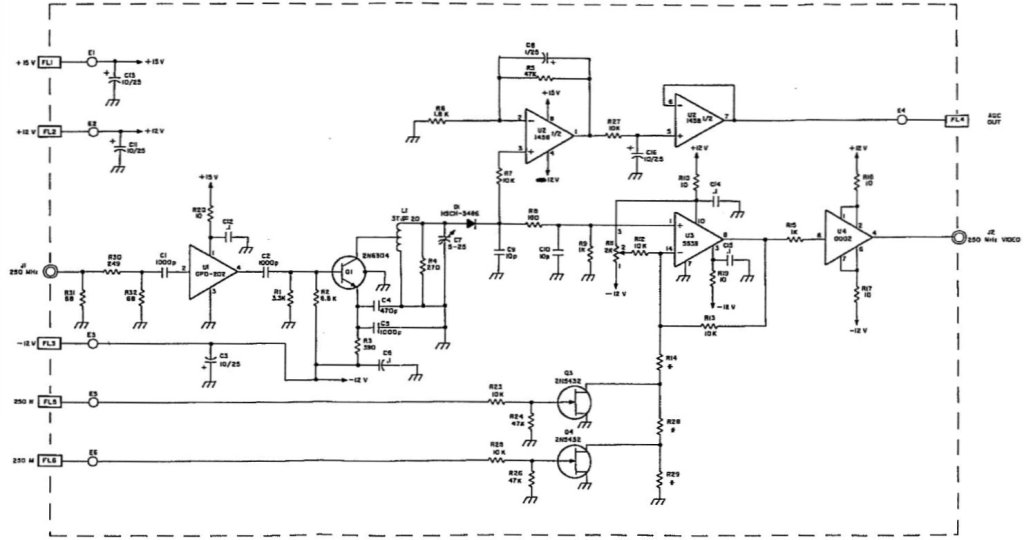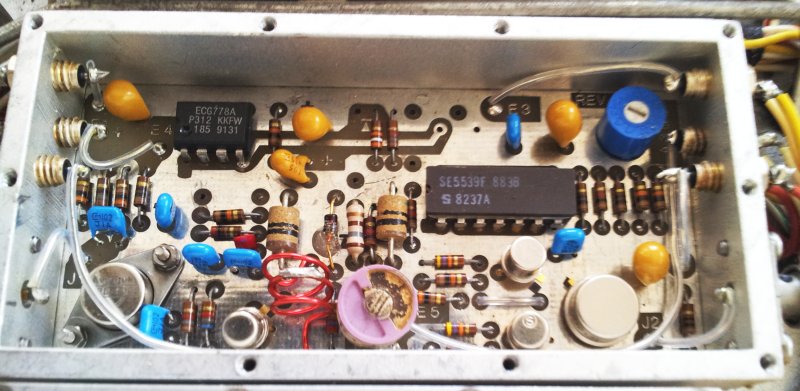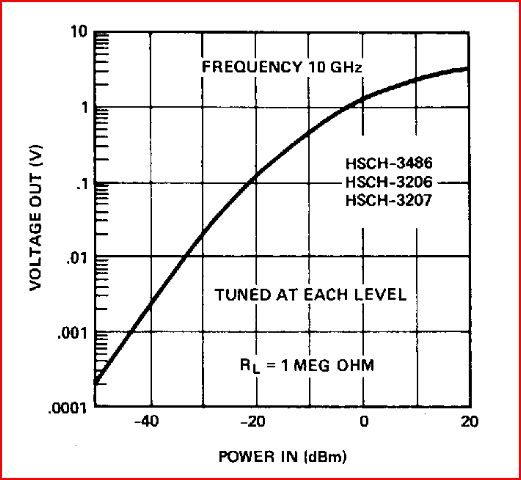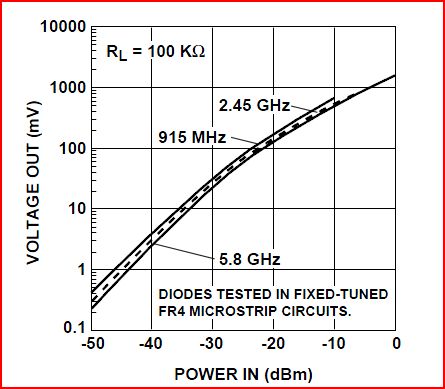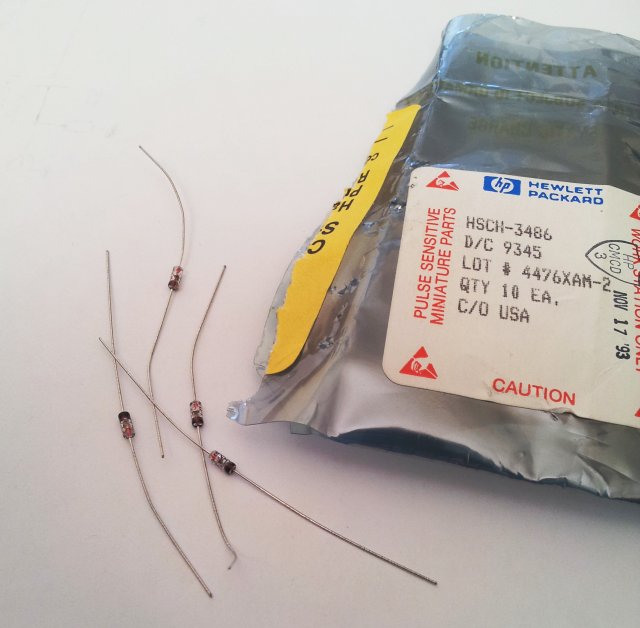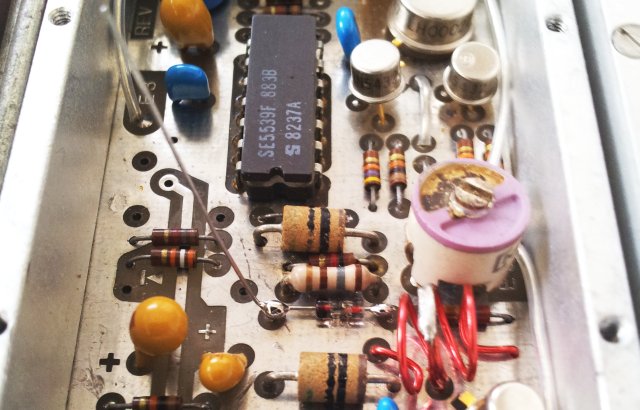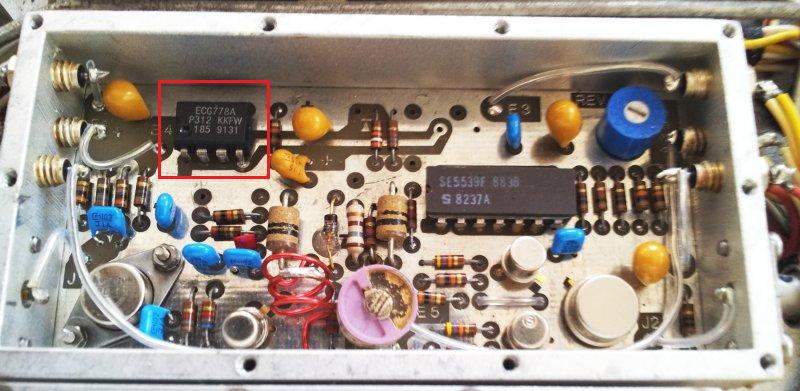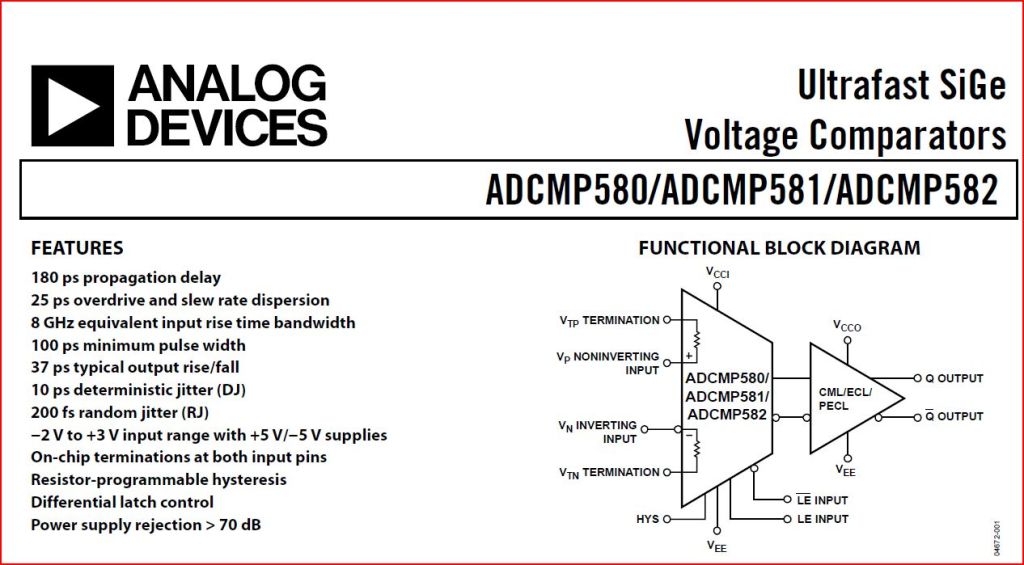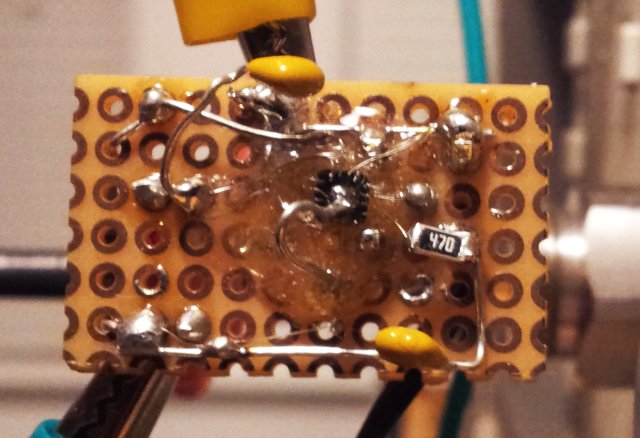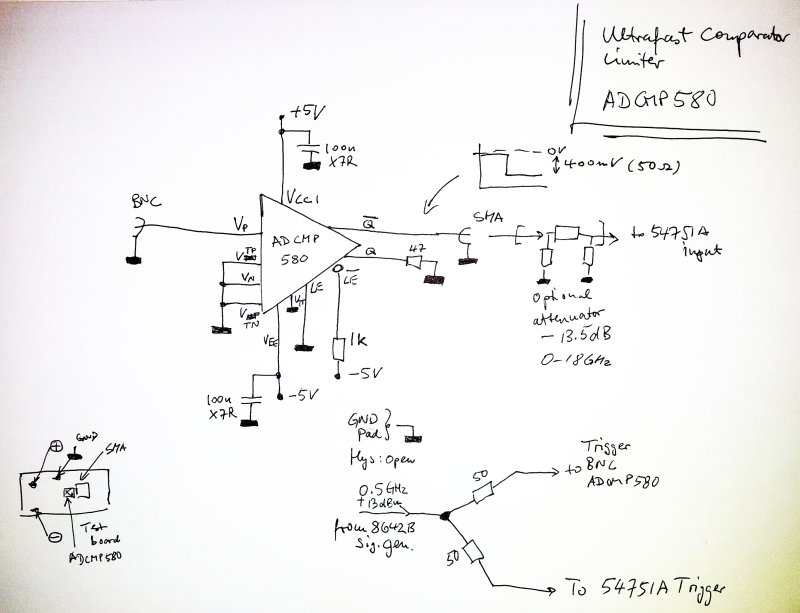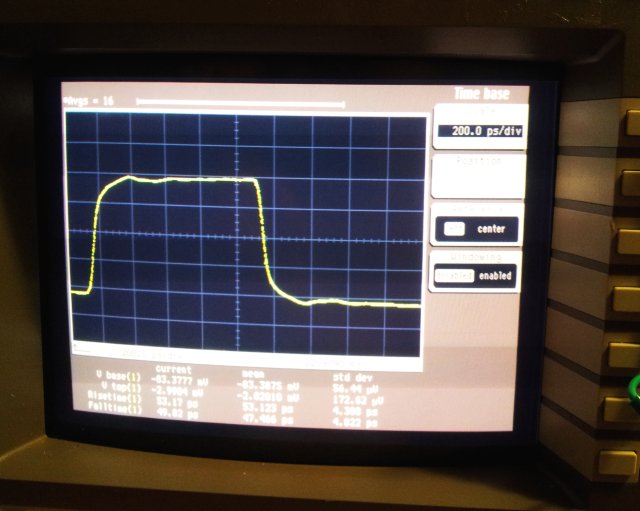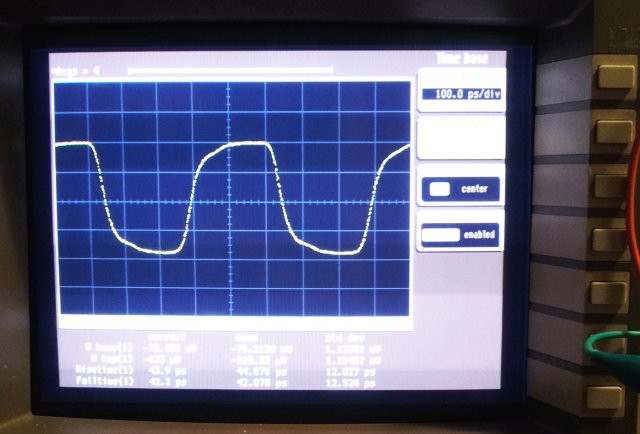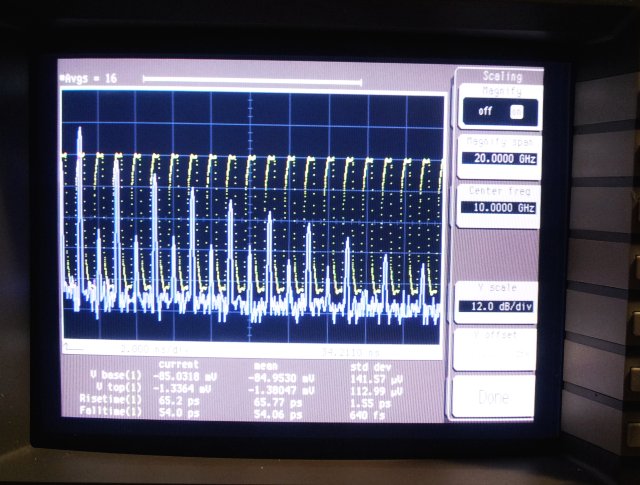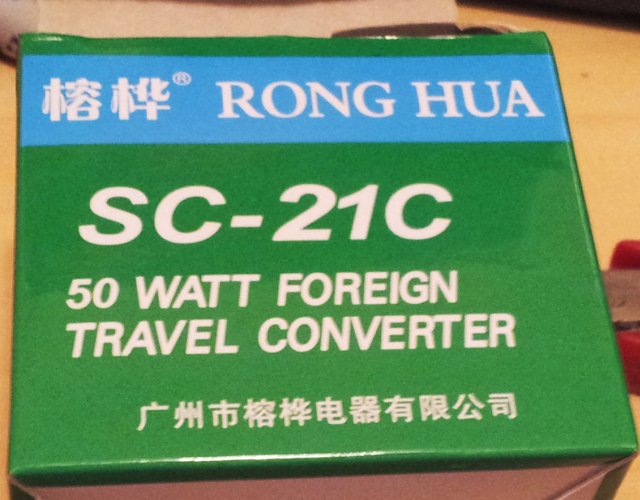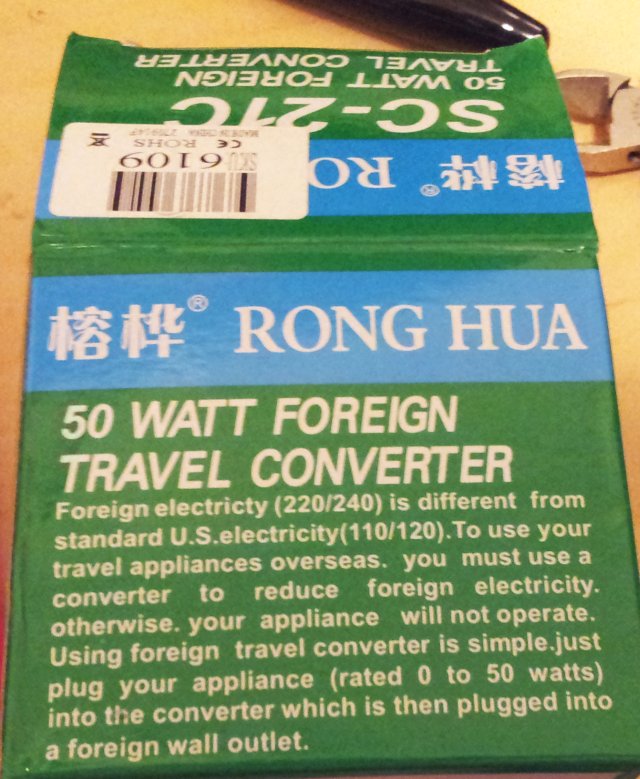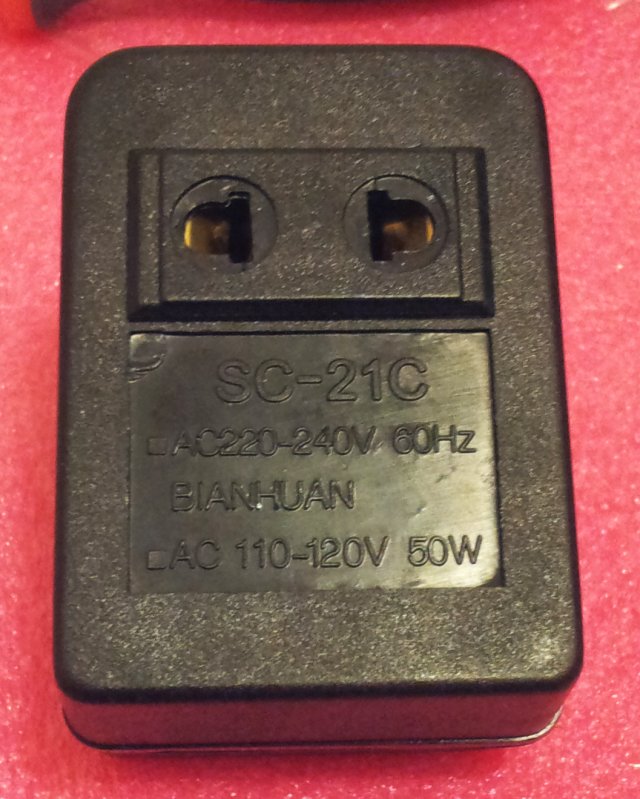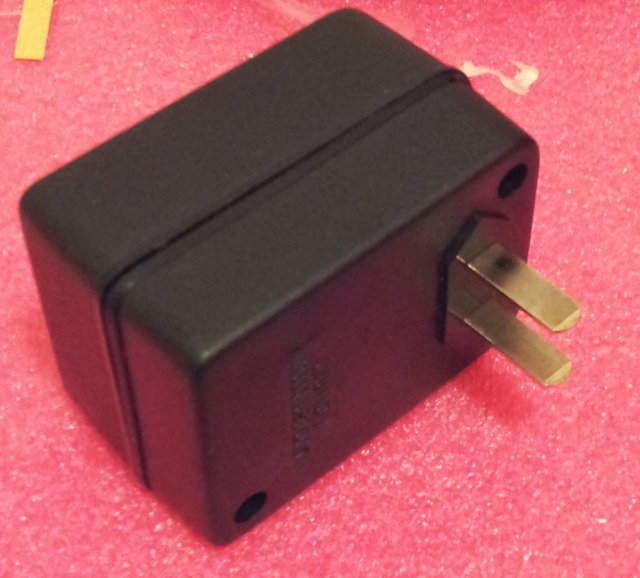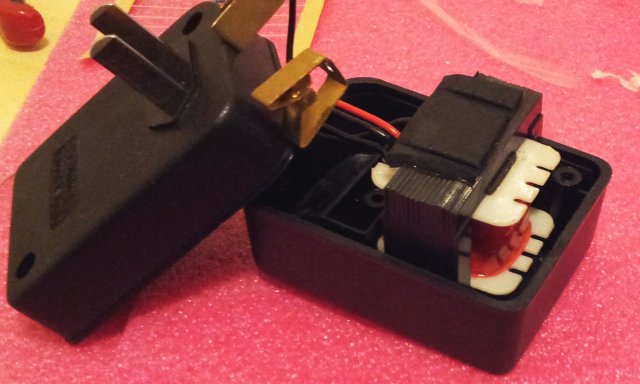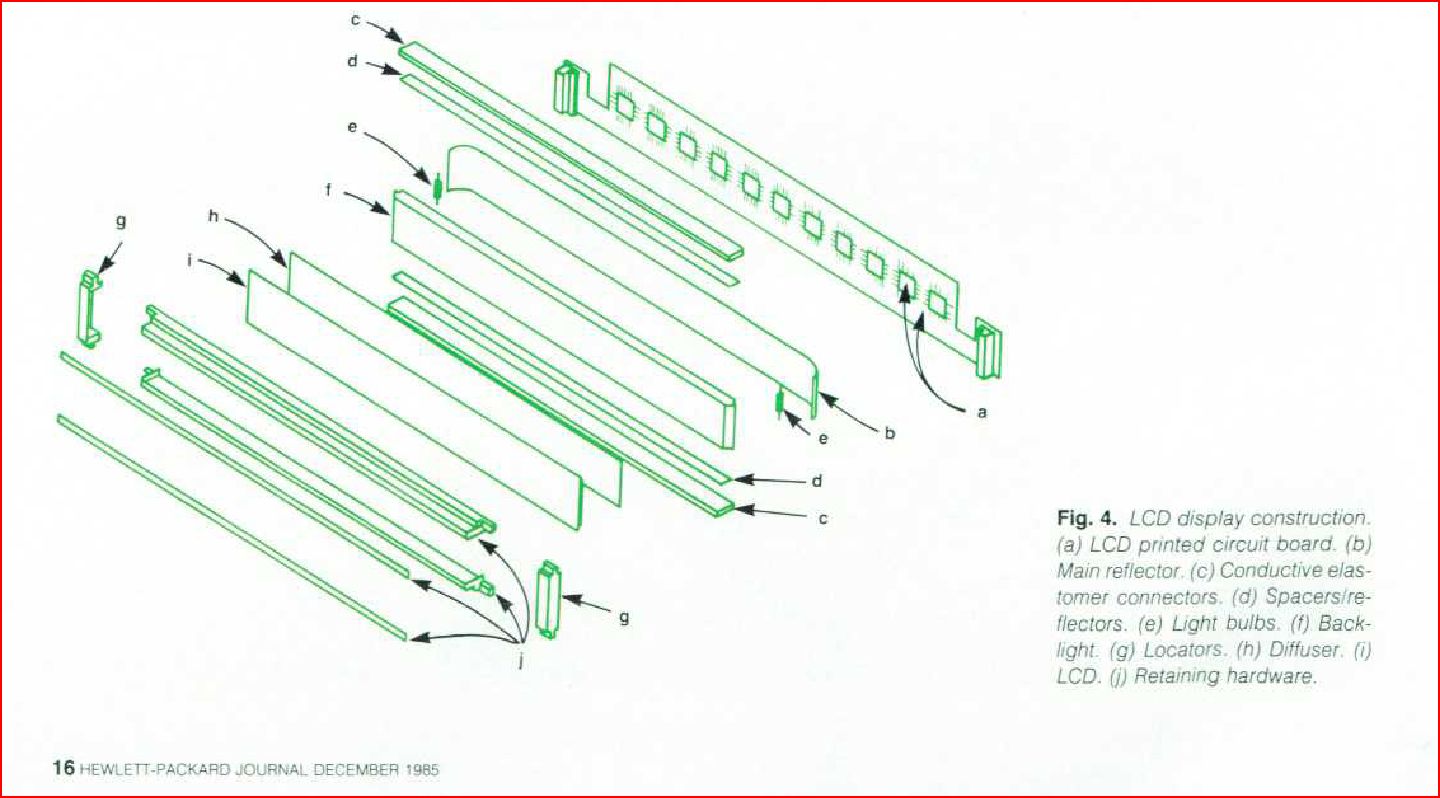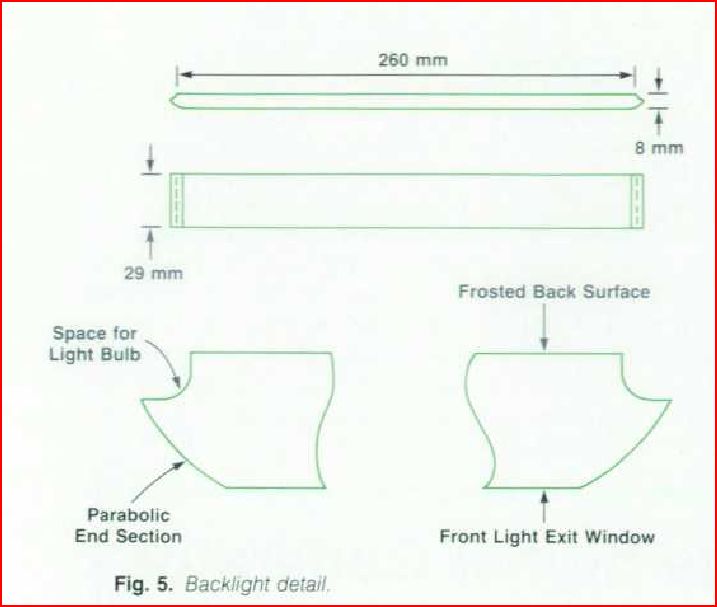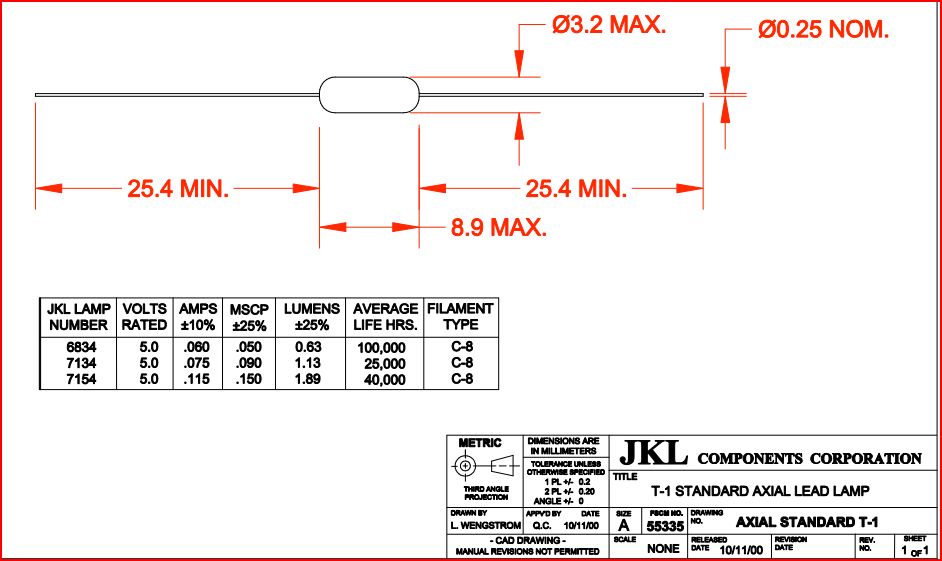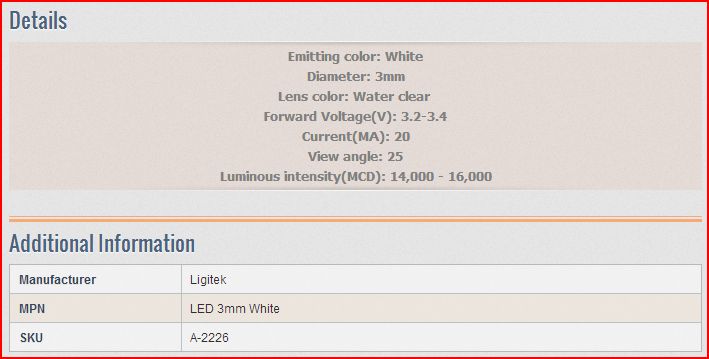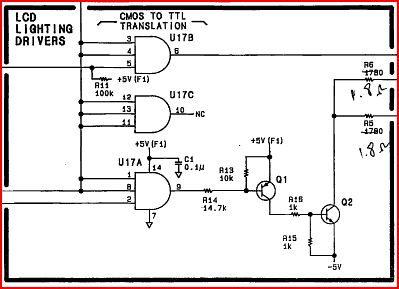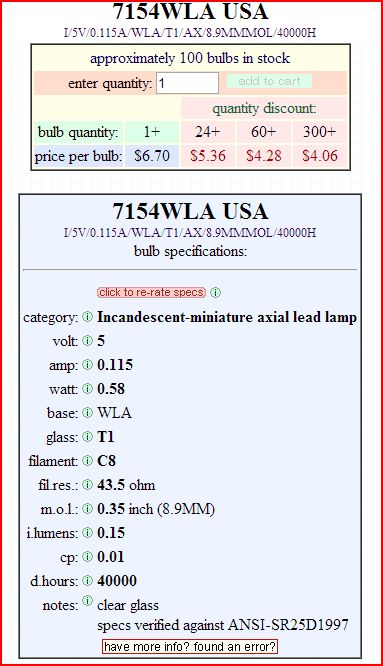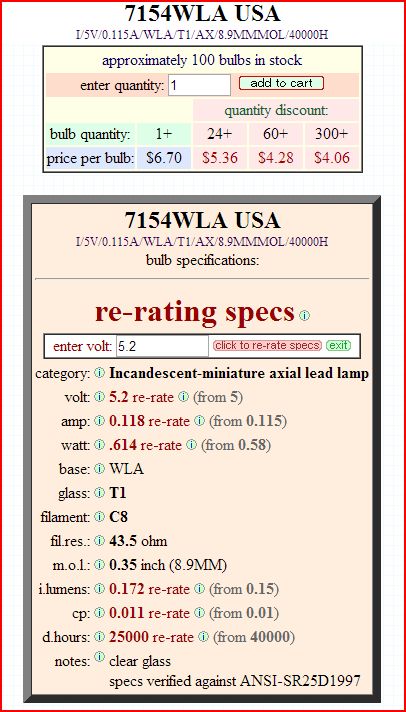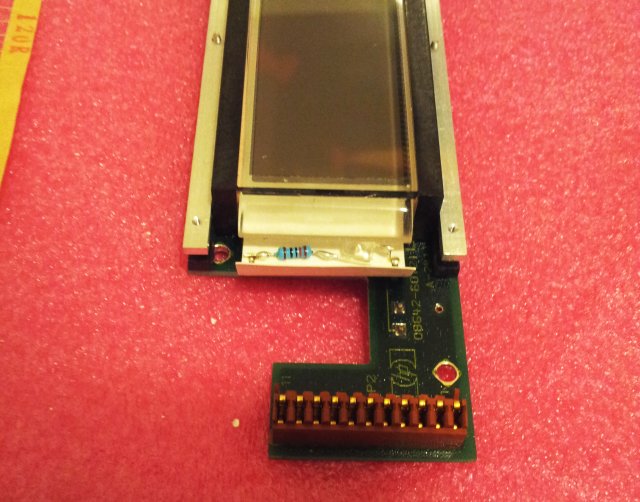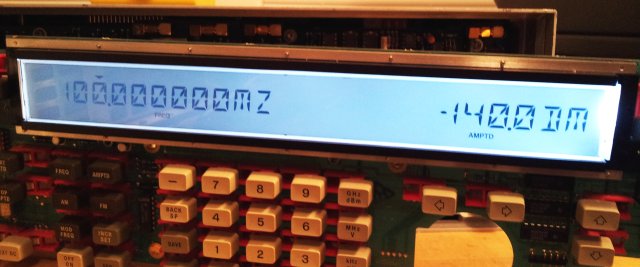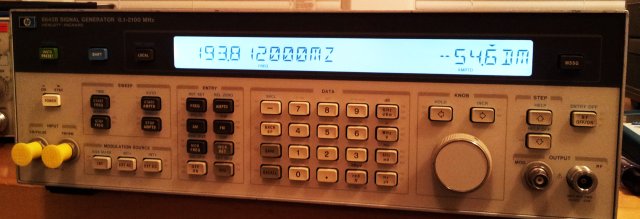Over a year ago, I got hold of a defective 8663A. It seemed beyond repair, but hardly any equipment is, provided, you put in sufficient effort. The 8663A is certainly worth any resonable effort – it is a marvelous piece of test gear, providing full evidence of human ingenuity. It is said that a team of no less then 20 of the best HP engineers took about 5 years, with full support of the mighty HP organization at the time, to develop the 8662A and later the 8663A generators. Ever since then these were the gold standard for any low close-in noise source, for phase noise measurements, and so on. Keysight is offering a replacement now, the E8663D, about USD 50k, nothing compared to the 8662A or 8663A, for its historic value, and comparing the sheer mass of metal, the amount of gold on the assemblies, and the variety of strange little parts.
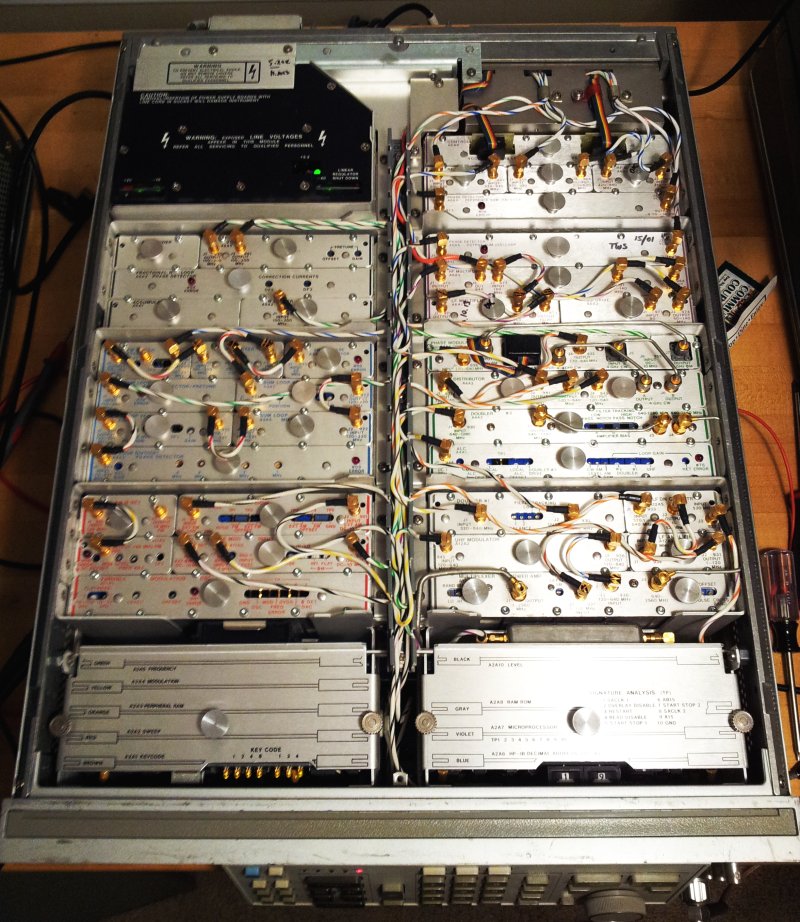
After some analysis, these were the main defects of the unit discussed here:
(1) A missing attenuator. The 8663A uses a pair of mechanical attenuators; these come in a set, together with a calibration ROM; with one of the attenuators missing, we might need to check flatness and level accuracy once replaced.
(2) Some intermittent failures of the A6A4 output sum loop. Seems to depend on frequency but not limited to any particular range. Supplied some test signals to the A6A4 assy and the fault really seems to reside with this assembly.
(3) A defective output amp. P/N 08663-67002. This is a real disaster. The output amp is a microwave microcircuit, with HP GaAs FET transistors. Needless to say, such assemblies were very expensive already at their time, and spare assemblies, despite long search, are fully unobtainium.
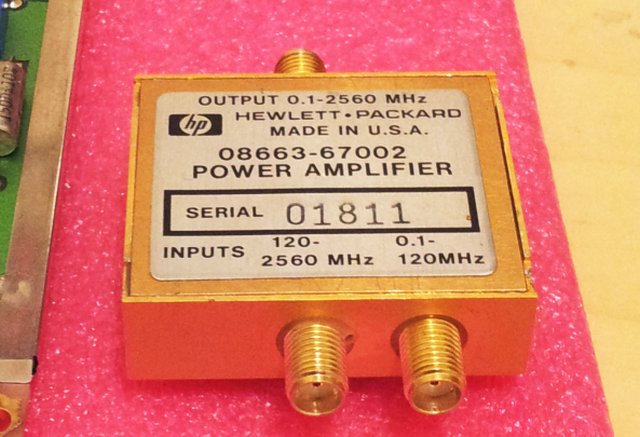
First things first – the attenuator. Found a spare attenuator that should be resonably close to the orgininal one. Did a quick check – it has very flat frequency characteristics anyway, so the ROM calibration coefficients might not be too significant (the 8663A has +-1 dB level spec, but typical accuracy appears to be more like +-0.2 dB; relative levels about +-0.1 dB). Someone tool the attenuator from the ‘dead’ unit, including the bracket – well, I didn’t spent too much time (as you can see) to fabricate a replacement. Good enough.
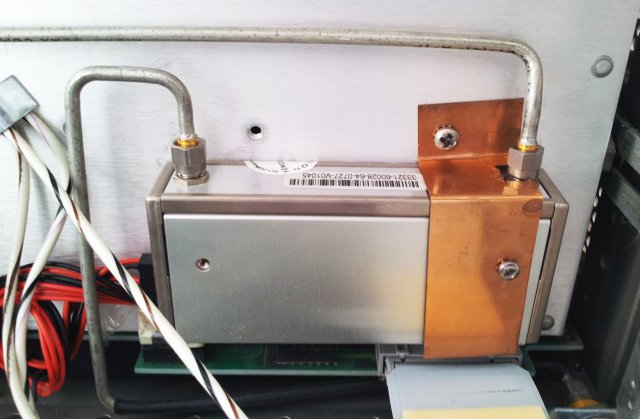
The intermittent fault of the A6A4 assembly – these assembly seem to be the weak point of the 8662/8663 series – I have already fixed a few of these. With schematics around, no big issue to fix – still it took a few hours this time. Turns out, the pre-tune DAC, which is a discrete circuit using 4 FET switches (1 per bit), showed erratic behavior. This was traced to one of the FETs, of the common 1855-0020 type – I took one from an early 80s HP parts units (8569A).
This is the bad guy:
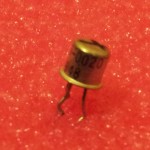
The most critical item, the 08662-67002 amp. This has a low frequency (<120 MHz), and a high frequency input (>120 MHz), which are routed to a common output, providing about 20 dBm of power, at low distortion (about 35 dBc), over the full band from DC to 2.5 GHz.
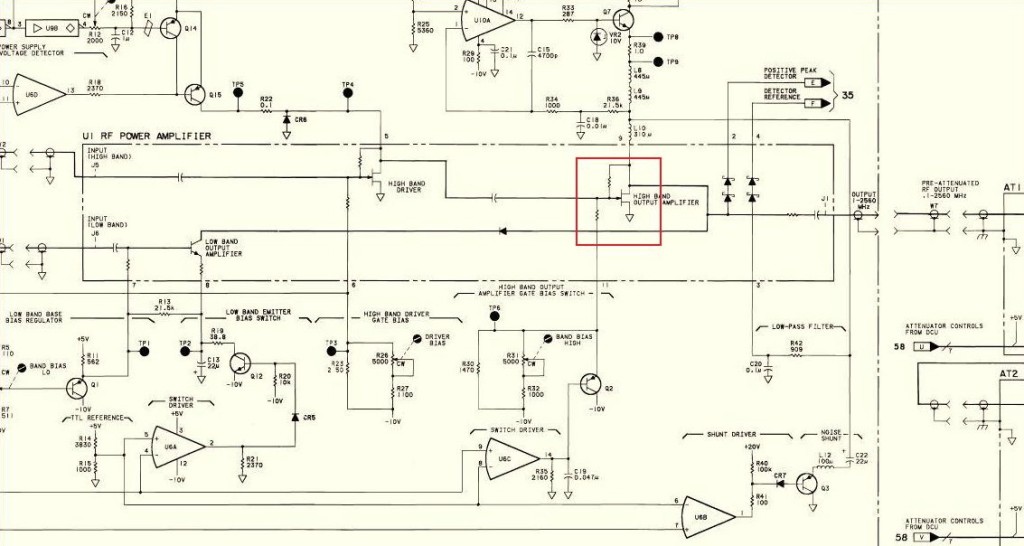
After opening up the microcircuit, it is pretty clear that the last of the FET transistors is blown, and shorted to ground. This is all sapphire substrate, wire bonding, high frequency art. Beyond my capabilities (do you have a wire bonder at home, and a steady hand, and the skill and knowledge? Please teach me!). However, this world is not all bad, and rescue came along, back in good old Europe – in its South-West corner.
Turns out that a HMF-1200 is a suitable replacement for the proprietary-unknown original HP part.
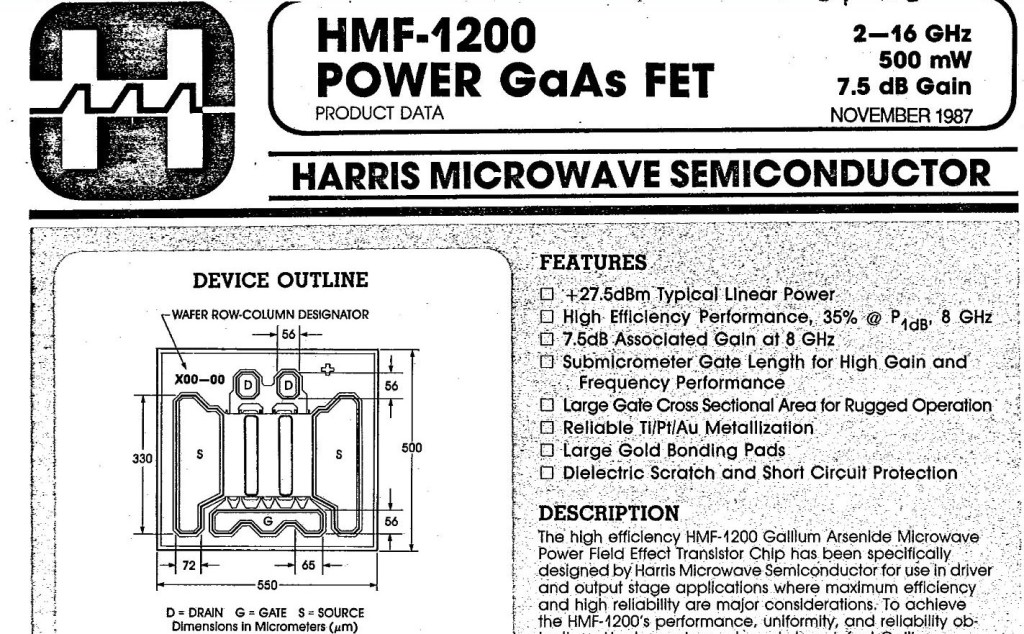
Here the work of the kind friend, who certainly has tremendous skill and is a master in his field:
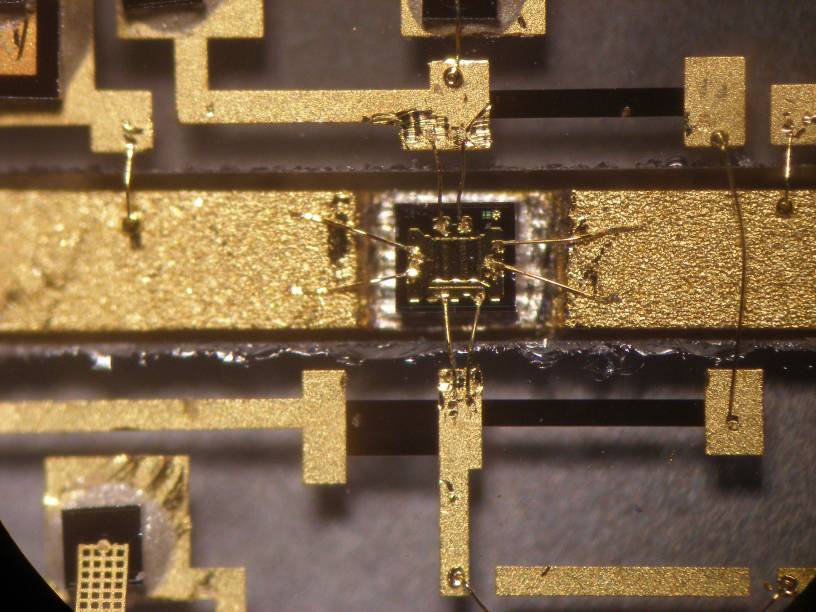
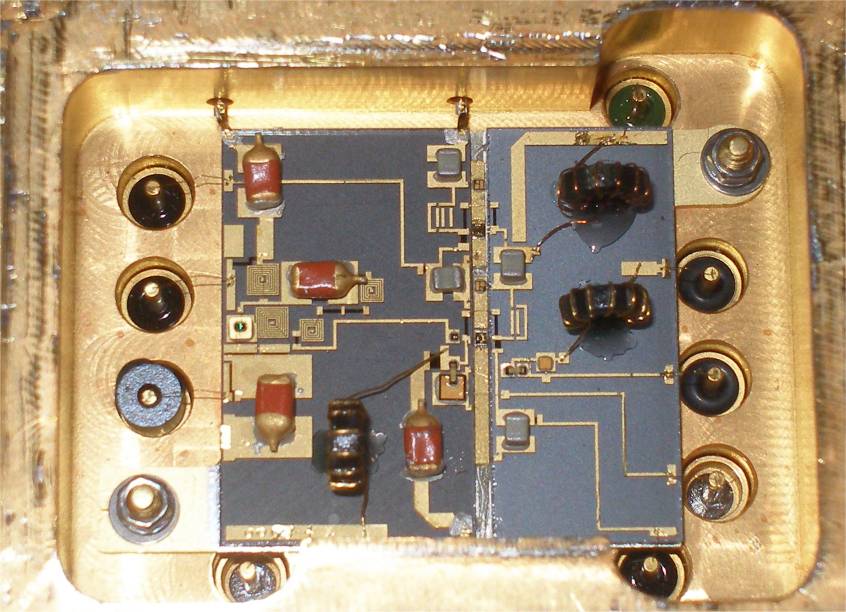
This is the associated board, with a PIN switch, and some bias regulators.
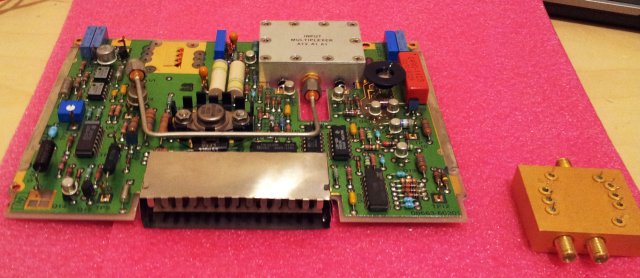
After all these repairs, and some adjustments (which took another few hours; including amp bias, lock detectors, ALC, FM VCO, …), the machine is working again – uptime so far, 48 hours at full power – consuming 500 Watts, and 100 mW at the output. Like powering a 100 W light bulb, from a 500 kW supply…. not quite efficient but a good heat source for the house, during these cold winter days.
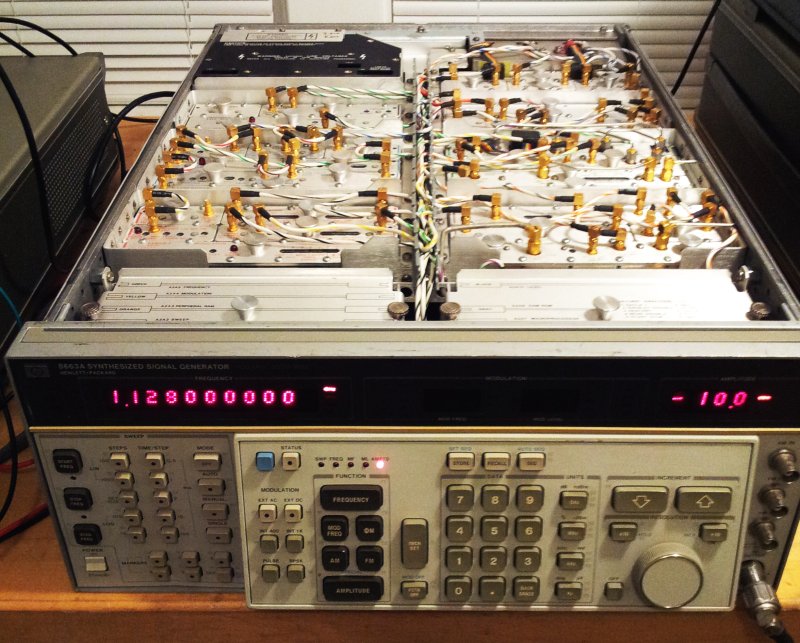
To come: some flatness and level checks of the attenuator, but don’t expect any bad surprises.
An interesting document, found during the search for spare assemblies – the US Air Force also seems to be looking for repair, for 4 pcs of the amplifier assemblies, for their F15 Tactical Electronic Warfare System Test Set, P/N 001-006730-003.
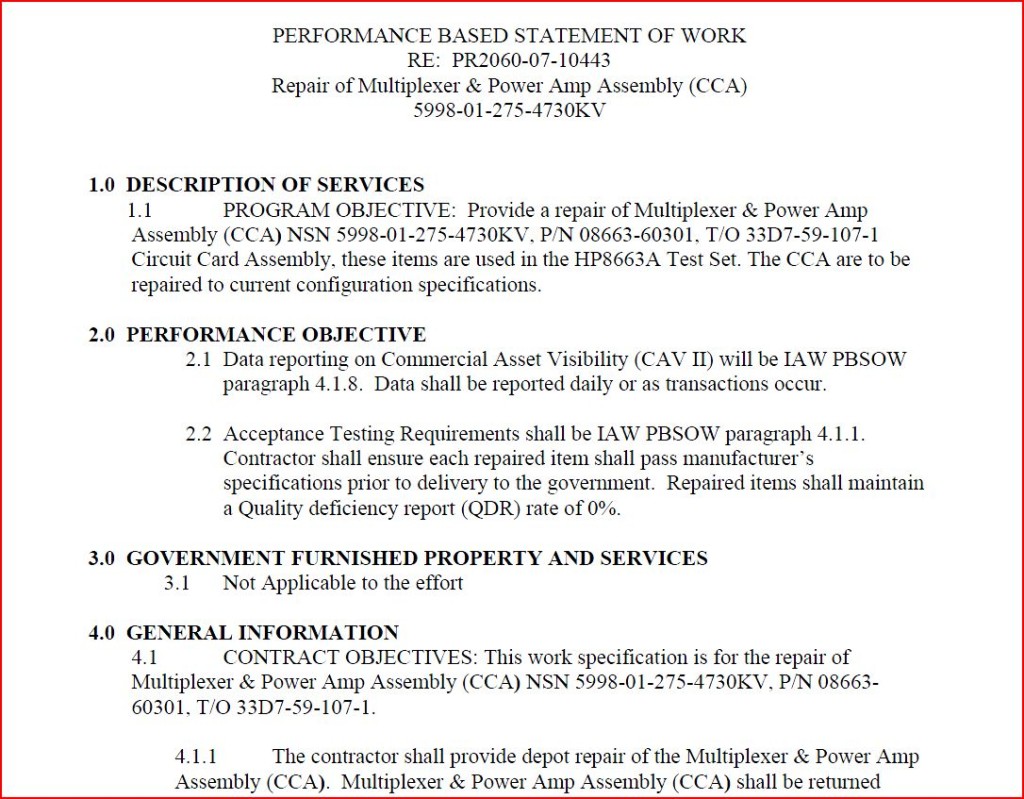
May be a good business opportunity, but not for me!

